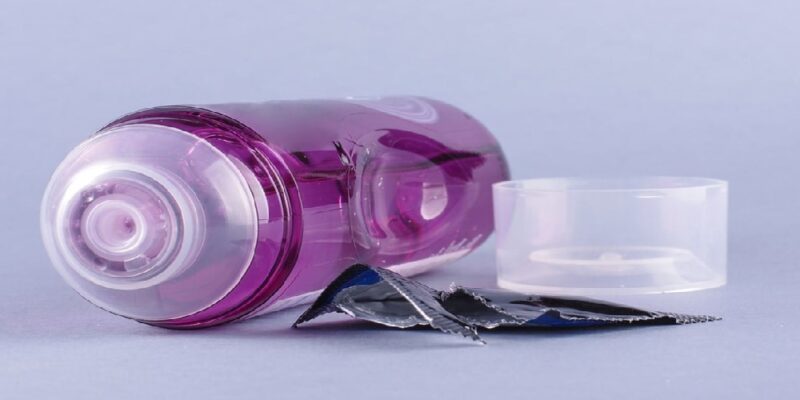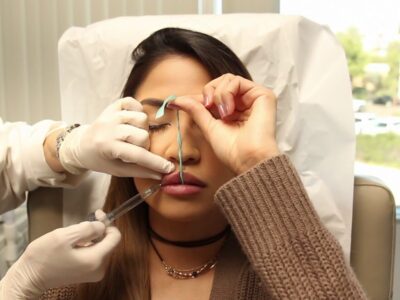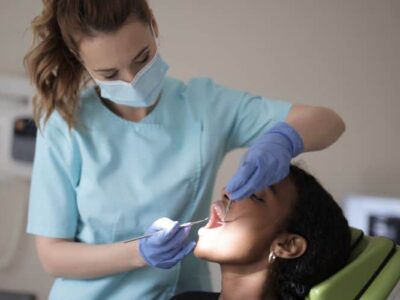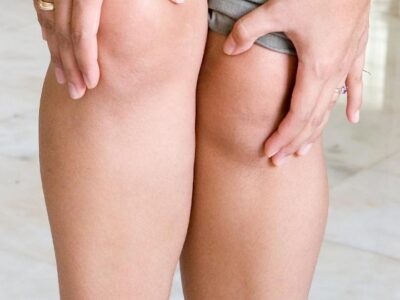New findings: Lubricants may damage cells and increase sexual infection risk.
In the past, I’ve lauded commercial sexual lubricants as the key to outstanding intimacy. Why the praise? Both in women and men, lubricants heighten tactile sensitivity. Notably, a significant number of women, irrespective of their age, don’t produce adequate natural lubrication for smooth intercourse. Additionally, post-menopausal women often experience persistent vaginal dryness. As a result, many sexual health experts advise couples across all age groups to incorporate lubricants into their intimate moments.
However, I feel compelled to offer a more measured perspective now. New studies indicate that frequent use of sexual lubricants might harm genital skin cells, potentially elevating the risk of sexually transmitted infections (STIs). It’s crucial to note that for numerous individuals, the advantages of lubricants might still surpass these potential risks. Nonetheless, these risks seem genuine, and it’s vital for couples to be informed about them, ensuring they approach lubricant use with both caution and awareness.
Risk in High Osmolality?
Sexual lubricants have soared in popularity over the last three decades. In the U.S., they represent a booming $200 million industry annually. Many couples have experimented with them, with one in four having used lubricants in the recent month. A significant number of women vouch for them, asserting that they enhance the comfort and pleasure of intercourse.
Leading lubricants in the market, such as Astroglide and K-Y Jelly, primarily consist of water. However, they also contain ingredients like glycerin and propylene glycol which extend their longevity and make them slicker than natural saliva.
But these additives elevate the “osmolality” – a term describing the concentration of molecular ingredients. Most lubricants present osmolality levels considerably higher than the cells they interact with, a state known as hyperosmolality. When such lubricants interact with genital or rectal cells with lower osmolality, these cells can dehydrate, undergoing a transformation akin to grapes drying into raisins. This can have implications:
- Studies from Portugal indicate that when vaginal cells were exposed to commercial lubricants with high osmolality, they sustained damage that could heighten the risk of STIs.
- Research from the University of Pittsburgh suggests that these lubricants can harm beneficial vaginal microorganisms, potentially increasing STI vulnerability.
- A study from Johns Hopkins, emulating the Portuguese research but focusing on rectal cells, found that commercial lubricants led to substantial cell damage, suggesting a potential increase in HIV transmission risk.
- In an ongoing UCLA study, it was observed that among adults who engaged frequently in receptive anal intercourse (RAI) and consistently used lubricants, the likelihood of contracting an STI was thrice as much as those who rarely or never used lubricants – a jump from 3% to 10%.
Johns Hopkins researcher and biophysicist, Dr. Richard Cone, opines that the high osmolality in most sexual lubricants needs revisiting and potential reformation.
On the Other Hand
However, a limitation of the aforementioned studies is their primary reliance on lab-based cell research rather than real-world human studies. While lab results may be noteworthy and apt for publication, they may not necessarily translate to practical implications beyond the confines of the laboratory.
Research indicates that only a small subset of couples, those engaging in frequent anal intercourse, showed a heightened risk of STIs when using lubricants. In a study conducted by Indiana University, 2,453 women were provided with various lubricants and tasked to maintain a daily sexual diary for a span of five weeks. The findings revealed that women who utilized lubricants experienced enhanced sexual pleasure and contentment, had fewer genital issues, and there was no notable rise in STIs compared to those who didn’t use lubricants.
The Case for Saliva
Existing research presents mixed views on the safety of lubricants. However, only one real-world study linked the increased STI risk with lubricant use, and that was specifically among couples engaging in frequent anal intercourse. For the broader population, there’s no concrete evidence suggesting an elevated risk of STIs with lubricant use. In fact, some findings hint at reduced risk. This presents a dilemma.
One potential solution is to opt for a lubricant with an osmolality similar to genital cells, such as the Good Clean Love brand, accessible at stores like Walgreens and Target or their online platforms.
Another natural alternative is saliva. It’s always at hand and costs nothing. However, its lubricating properties don’t quite match up to commercial products as it isn’t as slick and tends to dry rapidly.
There’s an emerging consensus in research that for many couples, the primary factor contributing to female orgasms isn’t vaginal intercourse. Instead, it’s prolonged, gentle cunnilingus. While intercourse offers a unique kind of intimacy and pleasure, it often doesn’t offer sufficient clitoral stimulation. Consequently, in relationships where intercourse is the primary sexual activity, men achieve orgasms about 95% of the time, whereas for women, it’s around 50%.
Cunnilingus naturally provides lubrication to the vagina using saliva. While it might not have the same slickness as commercial lubricants, penetration isn’t typically involved during cunnilingus, so there’s minimal concern about friction or discomfort. Additionally, while saliva may dry more quickly than other lubricants, the continuous act of cunnilingus ensures that saliva is consistently reapplied, preventing dryness.













